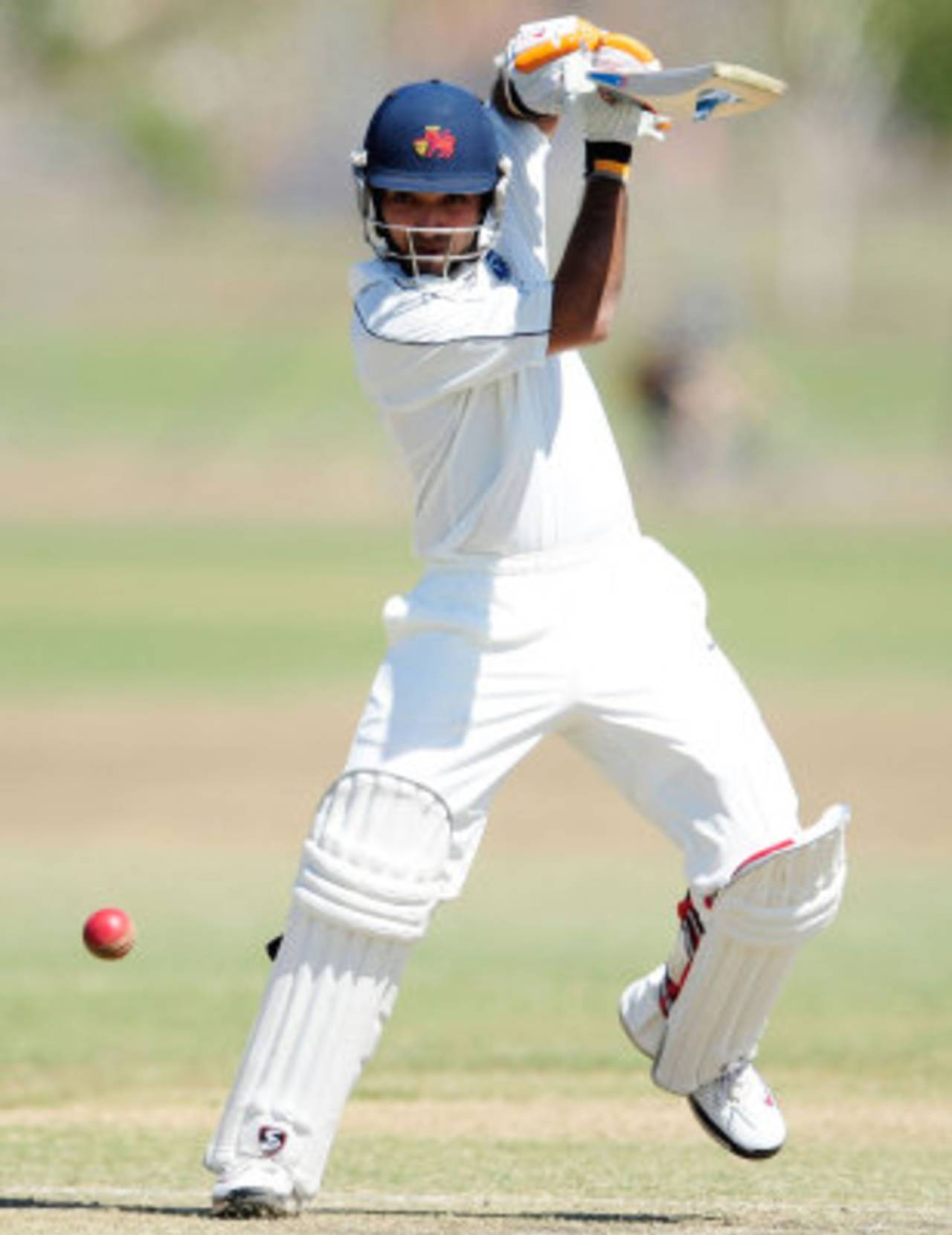I have long argued, often with hope rather than expectation, that there should be two Indian cricket teams; one that takes the field and the other that works off it but does everything possible to enable players to become the best they can. Sometimes those two teams can be in conflict, as when playing commercially attractive home games leaves no time to acclimatise overseas. It would seem, then, that for the on-field team to do well, the other would need to be in good form too.
But look at what has happened in the last few months. The team that plays off the field has been in turmoil - being in rather intimate contact with courts, election worries, missing funds, jails, conflicts of interest, enquiry commissions… it's quite a bouquet! Those on the field have, playing away, done extraordinarily well.
The Under-19 and U-23 teams have won, the performance of the A team has been creditable, and the senior team has won the Champions Trophy. It could mean either of two things: one, opportunities in Indian cricket are making player development independent of the prevailing state of the administration (though it could be argued that the administration created the opportunities too). Or, two, that there are two sides to the people who make up the board, that the genuine lover of Indian cricket resides within the same entity as the power-seeking administrator. While the first possibility is worth investigating, my very limited interactions with the BCCI suggest the second is fairly accurate.
But this article is about more familiar territory, the game played inside the boundary ropes, where three sets of players have been given the opportunity of playing a level of cricket above what they are accustomed to.
But you tend to watch the A team performances most closely, especially if the national coach is with the side too. A couple of clear signals have emerged from their trip to South Africa. In the
second of the Tests, with Shikhar Dhawan and Rohit Sharma rested, India A had the option of opening with
Ajinkya Rahane. Instead
Cheteshwar Pujara went up the order and Rahane played at No. 3, which would suggest that Rahane's future is no longer as an opener.
It has implications for where he plays for Mumbai. He could, of course, seek to open the batting under the widely accepted principle that it is easier to come down the order than it is to move up. Alternatively, he could stay at No. 3, where a slot might just emerge if Pujara is thought of as a long-term opening batsman. Ideally, of course, you look for openers and there are three who have caught the eye: Lokesh, Unmukt Chand and Jiwanjot Singh.
A lot of India's bowlers get marooned in the 125-132 kmph band and even if they do break free occasionally and reach 140, they seem to drift back to 130
The other noticeable signal was that while
Dinesh Karthik is India's second-choice wicketkeeper in one-day internationals,
Wriddhiman Saha is clearly the nominee in longer cricket. Both played the second A game in Pretoria but Saha kept wicket in both innings. It is another indicator of the depth that is emerging in Indian cricket that so many choices are presenting themselves.
Ishwar Pandey took seven wickets in the
first Test, and I remember Kapil Dev speaking very highly of him during the Irani trophy. Pandey has the build, the fluency, and the ability but not the pace yet.
It is something that Indian cricket needs to work on. Unless you can move the ball like Vernon Philander, or for that matter Bhuvneshwar Kumar, there isn't a lot of hope for bowlers who only bowl in the 125-132 kph band. A lot of India's bowlers get marooned there and even if they do break free occasionally and reach 140, they seem to drift back to 130. It is a question that the new crop of Jaidev Unadkat, Mohit Sharma, Siddarth Kaul, Mohammad Shami and Pandey need to ask themselves: do they stay 130 and vulnerable, or strive to reach 140? Or do they become genuine swing bowlers at 135? More crucially, does India have the knowhow to keep bowlers at around 140? Of that, there is little evidence at the moment.
The India A games also suggested that
Parvez Rasool is worth investing in. His home association is on oxygen and so India cannot depend on Jammu and Kashmir to help him grow as a bowler. Maybe he needs to play somewhere else, even if that means diluting a wonderful story. Rasool must do what is right for him and for India, and if J&K cricket insists on being in a mess, it should be ready to lose him. I believe, though, that cricket in the valley, like football in the country's north-east, can be a wonderful way of integrating people of the region.
On the field, Indian cricket is looking very promising. Organising these away games suggests that even in the midst of turmoil, some good decisions are being taken.
Harsha Bhogle is a television presenter, writer and commentator. His Twitter feed is here
